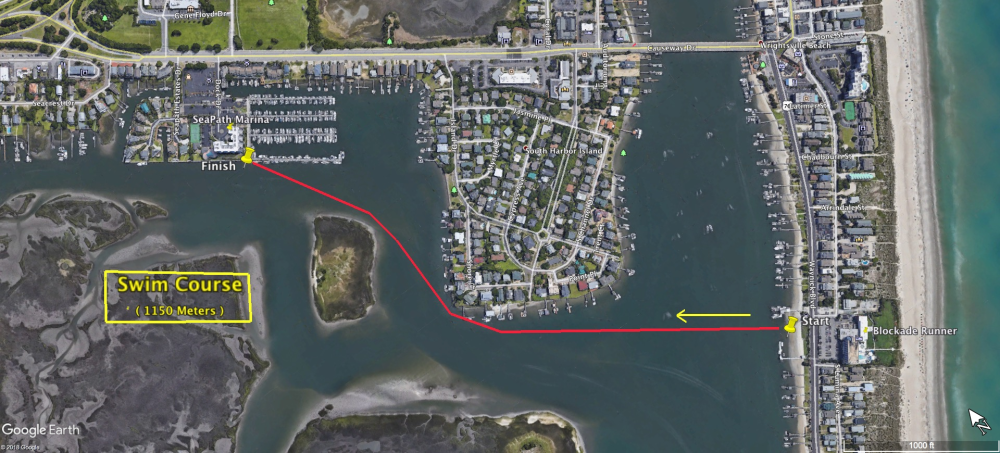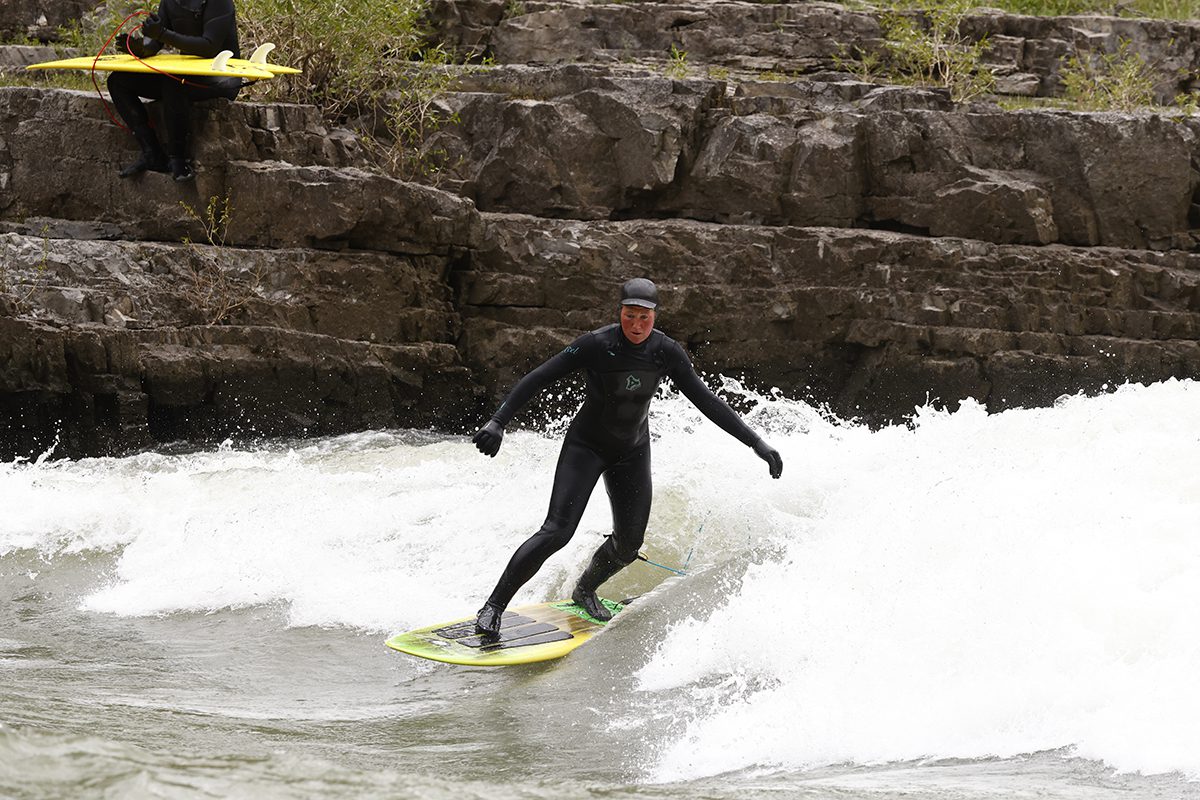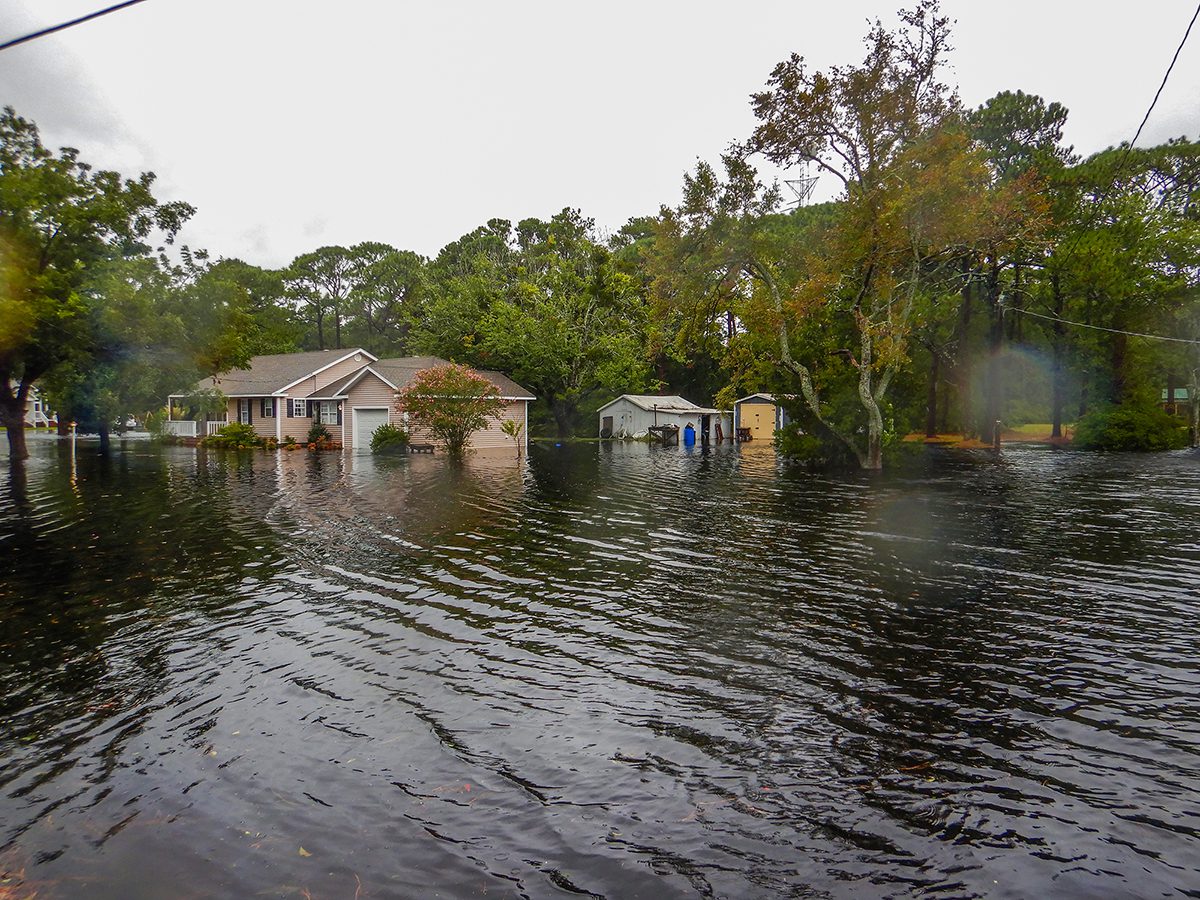
The YMCA Wrightsville Beach Sprint Triathlon’s swim portion was canceled after state recreational water quality officials detected abnormally high levels of bacteria in the area.
The bacteria exceeded the Environmental Protection Agency’s standards for what is safe for recreation, and warnings were posted that cautioned against swimming at multiple locations along the Banks Channel, where the swim portion of the triathlon was to take place.
Sponsor Spotlight
The YMCA Wrightsville Beach Sprint Triathlon was established in 1979, making it the longest-running triathlon on the East Coast. Canceling or abridging the event because of bacteria levels has never happened in the triathlon’s 42-year history.
A triathlon is a three part endurance event consisting of running, cycling and swimming portions. Instead of canceling the Sept. 25 event completely, race officials gave participants the option to either postpone their registration until next year’s triathlon, or to participate in a duathlon — just the running and cycling legs of the race. The revised event itinerary included a 2.4 mile run, leading into an 11.5 mile bike ride, and culminating in a 5K run, about 3.1 miles.
Race Director and owner of Without Limits Tom Clifford said that the changes to the event happened at the last minute.
“We decided it two hours before packet pick-up,” Clifford said.
Sponsor Spotlight
He was informed of the high bacteria levels the day before the race, and had to decide whether or not to cancel the swim portion. If he hadn’t canceled it, participants would run the risk of getting sick after the race.
“That’s just not worth it,” Clifford said.
This year’s event had about 1,100 athletes signed up to participate, one of the highest registration rates the triathlon has had in almost a decade. Clifford estimates that around 800-900 people participated in the revised event.
The bacteria group detected was enterococci, which is present in the intestines of humans and animals. Enterococci are indicator bacteria. That means that their presence demonstrates a likelihood that other, more harmful bacteria are also present. Because of this indicative relationship, high levels of enterococci can result in posted advisories that caution against swimming.

According to Erin Bryan-Millush, environmental program supervisor in the Division of Marine Fisheries within the North Carolina Department of Environmental Quality, enterococci is recommended by the Environmental Protection Agency as the best thing to test for in areas like the Banks Channel because of salinity levels.
“Enterococci live longer in the areas with higher salinities so it’s a better indicator of public health,” Bryan-Millush said.
High-use recreational waters like the Banks Channel get tested for bacteria once per week to make sure the levels are still within an acceptable range. After an exceptionally high test, recreational water quality officials will revisit the site for another test.
The weekly tests are used to calculate a “logarithmic average,” which indicates how the waters are trending. The average needs to be within an acceptable range before the NCDEQ will lift the advisory.
“That logarithmic average tells a story,” Bryan-Millush said.
Bryan-Millush believes that the high levels of enterococci were caused by heavy rainfall that passed over the area in the week leading up to the triathlon. Rainfall causes water to collect over impermeable surfaces like pavement, roads and sidewalks, and wash contaminants into water sources.
However, these are the first advisories that the NCDEQ has had to issue in the Banks Channel since 2016. Before 2016, they averaged five to 10 advisories per year during the swimming season, which runs from April through October. Bryan-Millush attributes the difference to pretreatment measures that the town of Wrightsville Beach has taken to ease the effects of stormwater on local waters.
“They’re one of the few beach communities that have taken the steps to remediation,” Bryan-Millush said.
The YMCA Wrightsville Beach Sprint Triathlon has never come up against high bacteria levels before, though Clifford is used to adapting the event at the last minute. After Hurricane Florence in 2018, the only portion of the event that was still doable was a short running segment. And last year, a fallen telephone pole required a last-minute redirection of traffic.
For Clifford, situations like these are a community lesson in adaptability and grace.
“There’s always a risk with an outdoor event,” Clifford said. “We’ve got to use the cards we’re dealt.”







